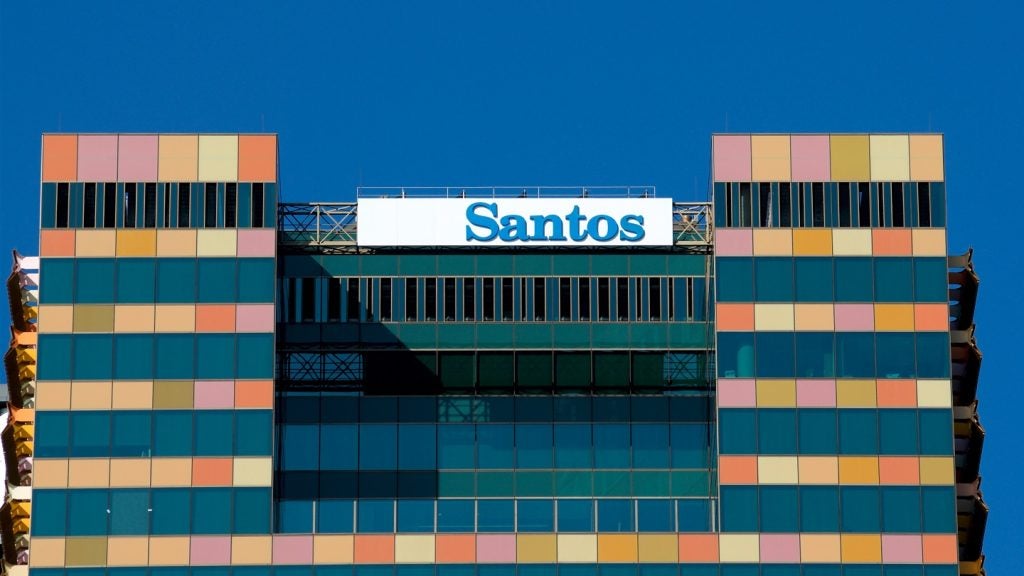Offshore chemical tanks and containers: Introduction
In the realm of offshore operations, the storage and transportation of chemicals present a complex challenge, necessitating robust and secure solutions.
Offshore chemical tanks and containers are pivotal in ensuring the safe handling of hazardous materials in marine environments.
Our expert buyer’s guide has been written to assist those buyers who are interested in procuring offshore storage tanks and containers.
Within this content, we detail and discusse what to look for, and how to ensure that all your equipment meets stringent industry standards as well as your bespoke operational needs.
Key considerations: Selecting offshore chemical tanks and containers
When sourcing offshore tanks, it is imperative to consider several key factors to ensure compliance, safety, and efficiency.
See Also:
Offshore tank containers, designed for the rigours of maritime transport, must withstand corrosive sea air, violent storms, and the constant motion of the sea.
Some of the primary considerations to focus on include, but are not limited to:
Material Durability
Offshore chemical tanks must be constructed from materials that resist corrosion, such as stainless steel or coated carbon steel, to ensure longevity and prevent contamination.
Certification and Compliance
Tanks must adhere to international standards such as the International Maritime Dangerous Goods (IMDG) code and be certified by maritime authorities.
Capacity and Design
The capacity of offshore tanks should align with operational requirements, and their design must facilitate easy loading, unloading, and cleaning.
Safety Features
Features such as pressure relief valves, spill containment systems, and robust locking mechanisms are essential for preventing accidents.
Maintenance and Inspection
Regular maintenance schedules and easy access for inspection are crucial for maintaining the integrity of offshore chemical tote tanks.
Selecting the right offshore tank container
When selecting an offshore tank container, buyers must evaluate the specific needs of their operations.
Offshore fuel tanks, for instance, require additional safety measures to prevent ignition, while offshore oil storage tanks need to be equipped with heating systems to maintain the viscosity of the oil.
Industry-leading systems and solutions for offshore tanks
As the number of options for offshore tanks and containers expands, the selection process can become more time-consuming and complex.
In addition to the bespoke requirements of any given operation, some of the leading industry solutions to consider include, but are not limited to:
- Double-walled tanks for spill prevention
- Heating and cooling systems for temperature-sensitive chemicals
- Advanced coating technologies for corrosion resistance
- Automated level gauging for accurate inventory management
- Pressure and temperature monitoring systems
- Emergency shut-off systems for quick response
- Intrinsically safe electrical components for explosive environments
- GPS tracking for real-time location monitoring
- Remote monitoring and data logging capabilities
- Advanced venting systems for pressure control
- Quick-connect/disconnect couplings for efficient operations
- Anti-sloshing designs to mitigate the effects of movement at sea
- Stackable designs for space optimization on vessels or platforms
- Portable offshore chemical tote tanks for smaller volumes
- Customizable fittings and adaptors for diverse chemical types
Latest technological advances in offshore chemical tanks and containers
The offshore industry is witnessing a surge in technological advancements aimed at enhancing safety, efficiency, and environmental protection.
Innovations such as smart sensors for continuous monitoring of tank integrity and contents, advanced materials that offer superior resistance to harsh marine conditions, and modular designs for scalable storage solutions are transforming the landscape of offshore chemical storage.
Meeting users’ search intent and providing context
When searching for offshore chemical tanks and containers, users are typically looking for products that meet specific industry requirements, offer reliability, and ensure safety.
Our content has been designed to deliver the necessary context and detail to assist in making informed decisions.
We have addressed the technical specifications and features that are of utmost importance in the selection process.
Offshore chemical tanks and containers: Our conclusion
The procurement of offshore chemical tanks and containers is a critical decision that requires careful consideration of various factors.
By prioritising material quality, compliance, design, safety, and technological advancements, buyers can secure the best solutions for their offshore operations.





